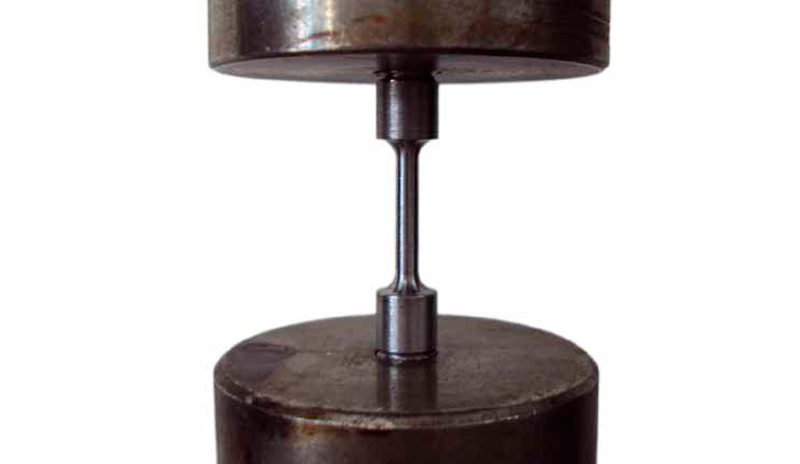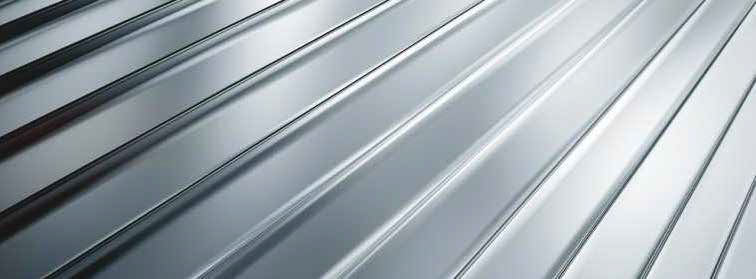Calibration of the Johnson-Cook plasticity for high strain rate regime applications
Futurities Year 19 n°1
By Simone Dichiaro and Fabrizio Marcelli – MBDA


Material models used in structural finite element analysis (FEA) are often one of the key aspects that engineers need to describe very accurately. Particularly in applications involving high levels of plastic deformation combined with temperature and strain rate effects, the description of material behaviour by means of appropriately calibrated models and parameters is mandatory.
Since the calibration process can be equally challenging and time-consuming due to the high degree of freedom in parameter dispersion, an automated approach is best to obtain robust and reliable results. For this task an optimization strategy based on genetic algorithms executed with modeFRONTIER is coupled with the LS-DYNA implicit solver to find the best set of parameters to correctly reproduce the behaviour of a metallic material from quasi-static conditions up to high strain rate regimes.
Read the articleCASE STUDY
The Arvedi Group approached the University of Trieste to find a solution to the uneven distribution of material inside the hopper of their blast furnace in Trieste, Italy.
optimization modefrontier rocky mechanics

CASE STUDY
The present work investigates the Warm Hydro Forming (WHF) process of an AA6xxx series alloy (AA6061-T6) using a numerical-experimental approach.
ls-dyna metal-process-simulation